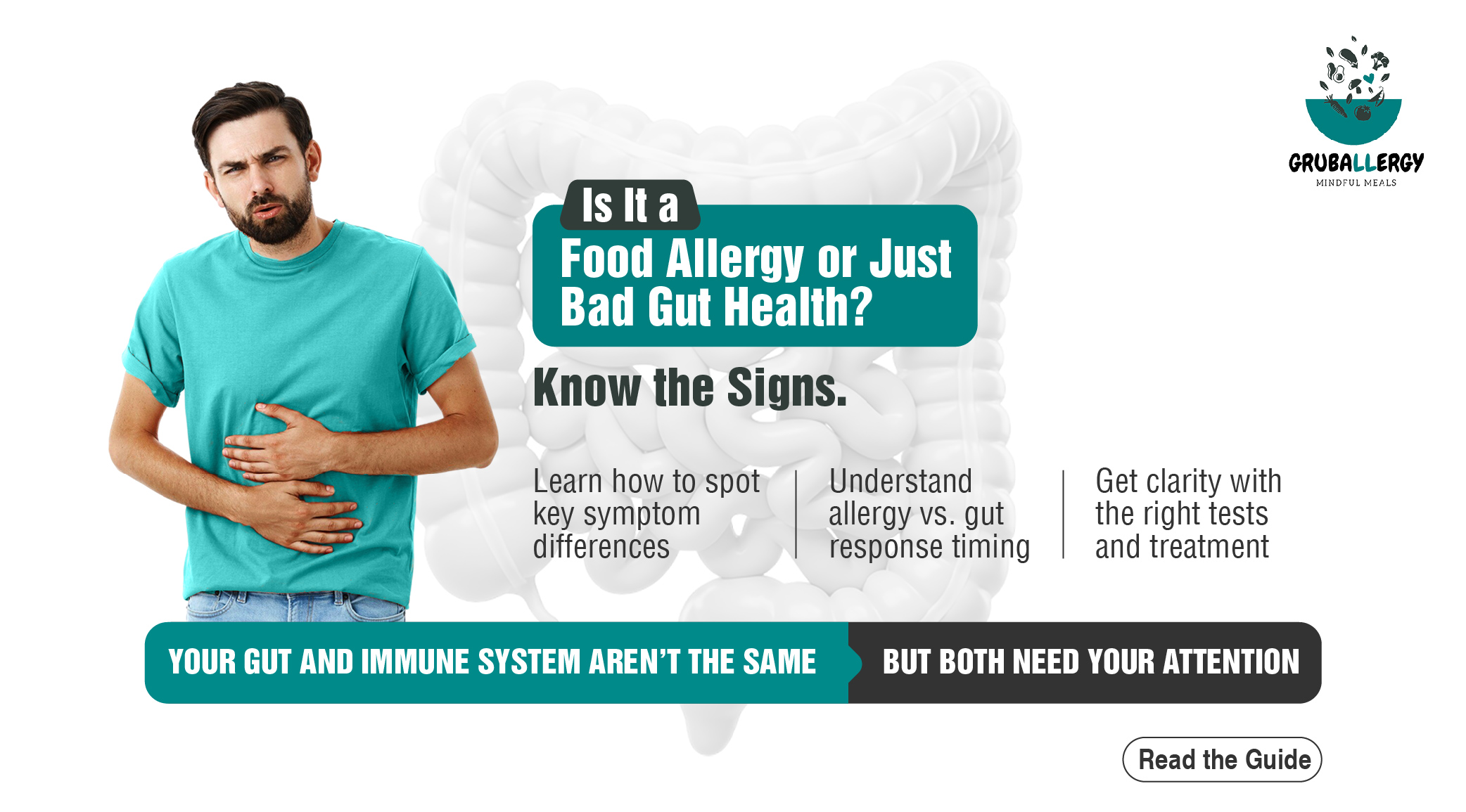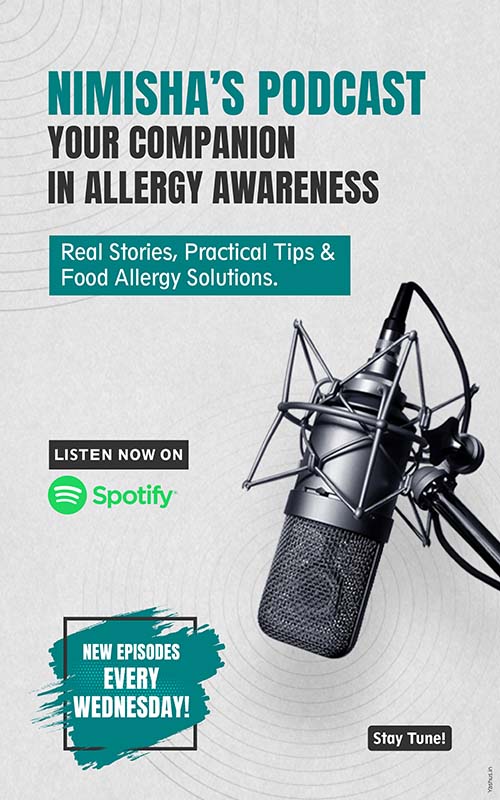
In today's fast-paced world, managing allergies, especially severe ones, requires more than just vigilance. It calls for preparation, clear communication, and smart technology. With the rise of wearable device technology and medical identification (ID) tools, individuals with allergies now have more resources than ever to stay safe and ensure critical health information is accessible during emergencies. These tools not only assist in daily allergy management but can also be life-saving when someone is unable to speak for themselves.
The Role of Medical IDs
Medical IDs are a simple yet powerful tool for allergy safety. Traditionally, they come in the form of bracelets, necklaces, or wallet cards that clearly state an individual’s medical conditions, such as severe allergies to peanuts, bee stings, or specific medications. In emergencies when every second matters medical IDs provide first responders and healthcare professionals with essential information that can guide treatment and prevent harmful exposures.
Modern medical ID devices have evolved beyond engraved jewelry. Many now incorporate QR codes or USB drives containing digital health profiles. These can store detailed allergy data, medication protocols, and emergency contact information. When scanned or connected, this information can be quickly accessed, delivering essential support during critical moments.
Wearable Technology: A Modern Ally in Allergy Safety
Healthcare tech wearables such as smartwatches and fitness trackers have grown far beyond fitness tracking. For allergy sufferers, these tools can be customized with health alerts, reminders for EpiPens, and GPS functions to keep caregivers informed during emergencies.
Some smart devices can detect sudden changes in heart rate or motion, triggering automatic alerts to emergency contacts crucial during an anaphylactic reaction. Others support voice-activated emergency calls, offering a hands-free way to get help. For those dealing with respiratory triggers, they provide essential support in allergic cough management by monitoring environmental conditions and sending warnings when allergen levels are high.
Integration for Enhanced Safety
When medical IDs are synced with smart devices, the potential for safety multiplies. A smartwatch linked to a health app can log symptoms, display allergy information, and connect with a bracelet that first responders can read in seconds. Parents can track their child’s location and receive alerts if they enter high-risk zones, such as cafeterias not prepared to handle allergic emergencies.
Additionally, wearable technology and healthcare apps can help users find allergy-safe restaurants, scan food products for allergens, and get real-time pollen count updates making daily living safer and more manageable.
Best Practices
To maximize the value of these tools, allergy-prone individuals should:
-
Keep medical IDs and wearable profiles current with accurate health data.
-
Educate family, friends, and caregivers about your devices and how to use them.
-
Test alert systems and GPS features regularly.
-
Wear medical IDs and keep smart devices charged, especially when out and about.
Conclusion
We’ve entered a new era of allergy safety, one where smart tech and simple tools work together to protect lives. By combining traditional medical IDs with the power of connected devices, people with severe allergies can live more freely and confidently.
FAQ




(1).png)




.png)



